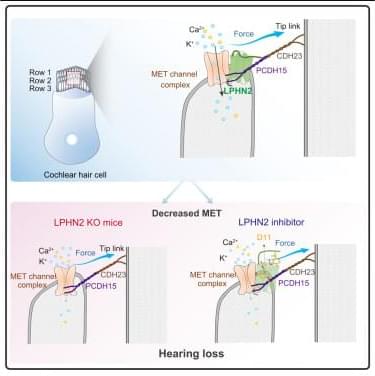Adjuvant chemotherapy use almost doubled in premenopausal patients with node-positive tumors and with a low to intermediate genomic risk from 2019 to 2022 but decreased for patients with node-negative disease.
Question What are the patterns of adjuvant chemotherapy use for early-stage hormone receptor (HR)–positive, ERBB2-negative breast cancer by genomic risk and nodal status?
Findings In this cohort study of 504 937 women, adjuvant chemotherapy use nearly doubled in premenopausal patients with node-positive tumors and low or intermediate 21-gene recurrence score from 2019 to 2022 but decreased for women with node-negative disease.
Meaning The findings highlight the variability in genomic assay use to inform adjuvant systemic therapy recommendations in HR-positive, ERBB2-negative breast cancer.








